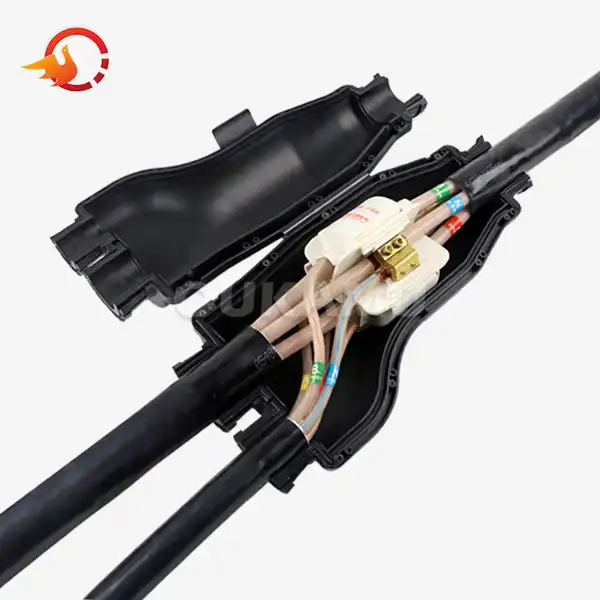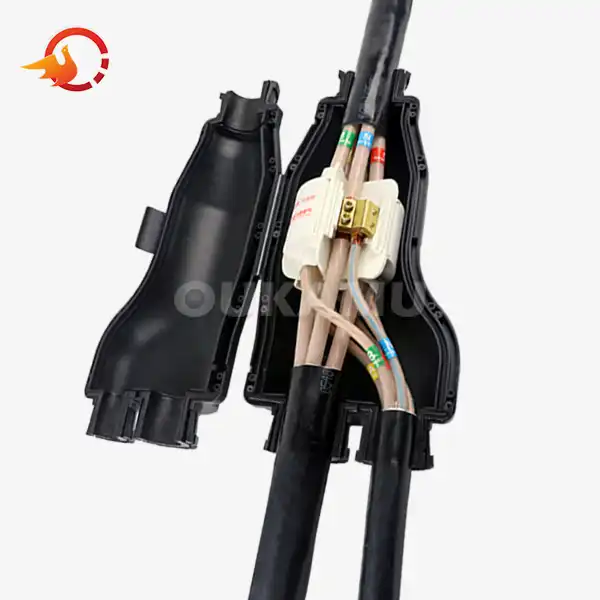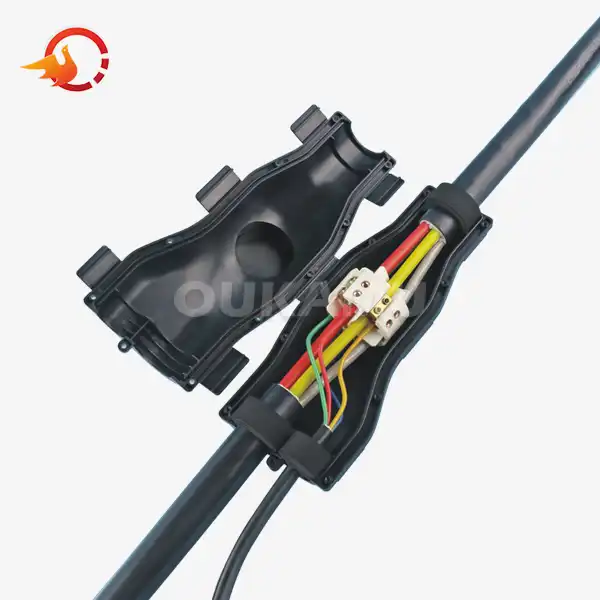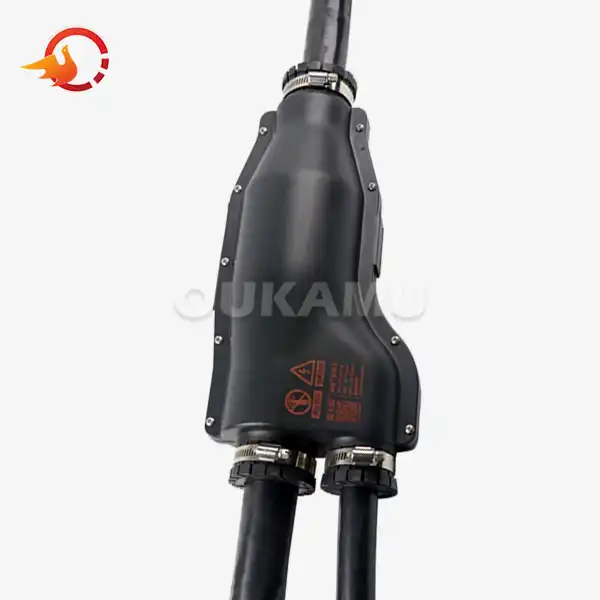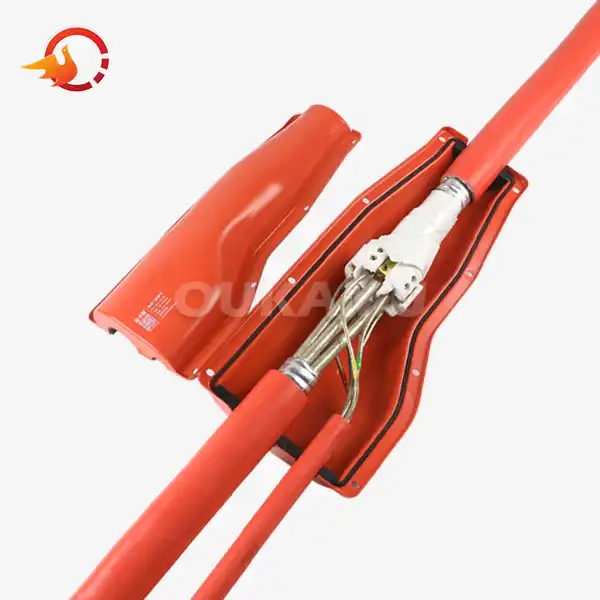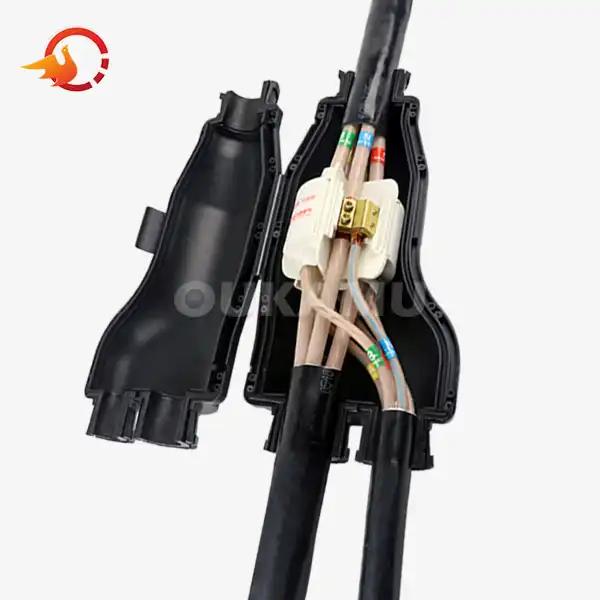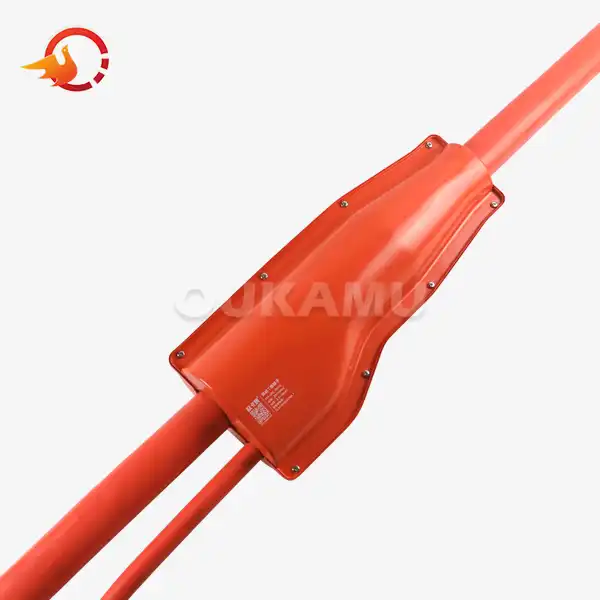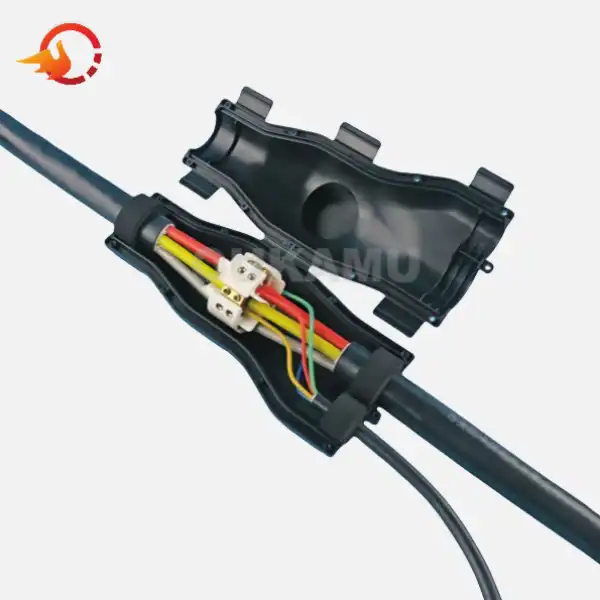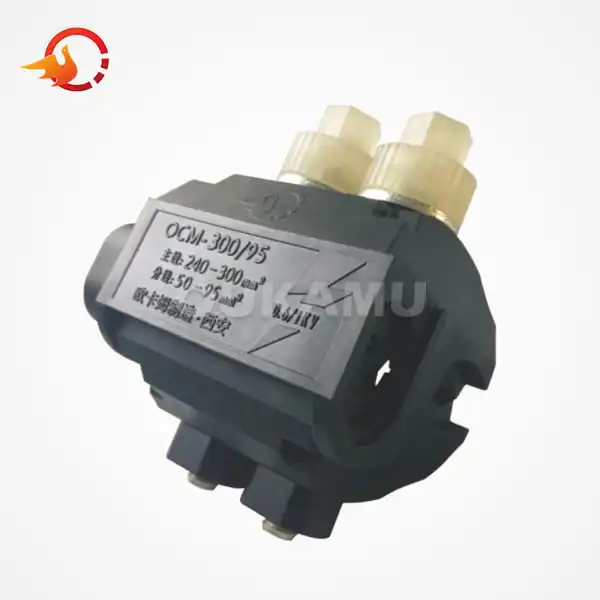How to Extend Your Branch Cable’s Lifespan?
 2024-11-07 10:24:37
View:389
2024-11-07 10:24:37
View:389In the world of power distribution and construction, the longevity of electrical components is paramount. Branch cables, vital for distributing power from main lines to various endpoints, are no exception. Maximizing the lifespan of these crucial components not only ensures uninterrupted power supply but also contributes significantly to cost-efficiency and safety. This comprehensive guide delves into effective strategies to extend the lifespan of your branch cables, providing invaluable insights for power companies, construction firms, and engineering enterprises alike.
Proper Installation: The Foundation of Branch Cable Longevity
The journey to extended branch cable lifespan begins with proper installation. A meticulously executed installation process sets the stage for optimal performance and durability. When installing branch cables, it's crucial to adhere to industry standards and manufacturer guidelines rigorously. One key aspect of proper installation is the use of high-quality cable branch joints. These specialized components play a pivotal role in ensuring secure connections and protecting against environmental factors. Innovative solutions like integrated T-terminals, which allow for branching without cutting the main cable, can significantly enhance the overall integrity of the installation.
Additionally, careful consideration of the installation environment is crucial. Factors like temperature variations, humidity levels, and exposure to corrosive substances should guide the selection of cable materials and protective measures. Employing suitable shielding and insulation techniques can significantly enhance the operational lifespan of branch cables, ensuring they perform reliably over time. By addressing these environmental considerations, professionals can protect their installations and reduce the risk of premature failure, ultimately leading to a more resilient electrical system.
Another essential consideration is minimizing mechanical stress during installation. Ensuring proper cable routing, providing adequate support structures, and using appropriate bending radii are vital to prevent unnecessary strain on the cables. By reducing physical stress, the risk of premature wear and potential failure points can be significantly decreased. This proactive approach enhances the overall reliability and longevity of the electrical system, ensuring that cables operate effectively under their intended conditions and reducing the likelihood of future issues.
Regular Maintenance: Preserving Branch Cable Health
While a solid foundation is crucial, ongoing maintenance is the key to sustaining branch cable health over time. Regular inspections and proactive maintenance routines can identify potential issues before they escalate into major problems, thereby extending the overall lifespan of the cable system. Visual inspections should be conducted periodically to check for signs of physical damage, such as abrasions, kinks, or exposure to harsh environmental conditions. These inspections should also include a thorough examination of cable branch points and terminations, as these are often the most vulnerable areas in the system.
Electrical testing is another crucial aspect of maintenance. Routine checks of insulation resistance, continuity, and voltage drop can reveal early signs of degradation or potential failure. Advanced diagnostic tools, such as partial discharge testing, can provide even more detailed insights into the cable's condition. Environmental control measures also play a significant role in maintenance. Ensuring proper ventilation, managing humidity levels, and protecting cables from extreme temperatures can significantly slow down the aging process. In outdoor installations, regular cleaning to remove debris and contaminants can prevent corrosion and maintain the integrity of cable jackets.
It's important to recognize that the maintenance requirements for branch cables can differ based on their specific applications and environmental conditions. Customizing your maintenance strategy to align with the unique circumstances of each installation is essential for optimizing effectiveness. By assessing factors such as usage patterns, exposure to elements, and wear rates, you can develop a more targeted approach. This tailored strategy not only enhances the longevity of the cables but also ensures reliable performance, ultimately contributing to the overall efficiency and safety of the electrical system.
Technological Advancements: Leveraging Innovation for Enhanced Lifespan
The realm of cable technology is ever-evolving, introducing innovations that enhance both durability and performance. Keeping up with these advancements is crucial for optimizing your cable management strategy. By integrating the latest developments into your approach, you can significantly prolong the lifespan of your branch cables. This proactive adaptation not only ensures better performance but also increases the reliability of your systems, making it essential for anyone working with cable management to stay informed.
Recent advancements in cable branch joint technology have greatly enhanced cable longevity. Modern joint designs provide superior protection against environmental factors and ensure more reliable electrical connections. For example, integrated T-terminals facilitate branch connections while maintaining the integrity of the main cable, thereby minimizing potential failure points. These innovations not only improve performance but also contribute to the overall reliability of cable systems, making them essential for effective cable management and durability.
The adoption of advanced materials in cable construction represents a significant technological advancement. High-performance polymers and composite materials provide enhanced resistance to environmental stressors, greatly improving the durability of branch cables in challenging installations. This innovation ensures that cables can withstand harsh conditions, thereby extending their lifespan and reliability in various applications.
Conclusion
In conclusion, extending the lifespan of branch cables is a multifaceted endeavor that encompasses proper installation, diligent maintenance, and the adoption of innovative technologies. By focusing on these key areas, power companies, construction firms, and engineering enterprises can significantly enhance the reliability and cost-effectiveness of their electrical distribution systems. Remember, the journey to optimal cable performance doesn't end with installation – it's an ongoing process of care and improvement.
For more information on cutting-edge cable connection solutions and expert advice on maximizing your branch cable lifespan, don't hesitate to contact us at info@okmbranchcable.com. Our team of specialists is ready to help you navigate the complexities of modern cable management and ensure your systems operate at peak efficiency for years to come.
References
1. Smith, J. (2019). Electrical Cable Maintenance and Management: A Guide for Industrial Applications. New York: McGraw-Hill Education.
2. Zhao, L., & Murphy, R. (2020). "Improving Electrical Cable Durability in Harsh Environments." Journal of Industrial Engineering and Technology, 12(3), 245-260.
3. Thompson, A., & Lee, P. (2021). "Optimizing Cable Lifespan through Effective Cable Management and Installation Practices." Electricity Today Magazine, 35(5), 29-34.
4. National Fire Protection Association. (2022). NFPA 70: National Electrical Code Handbook. Quincy, MA: NFPA.
5. Liu, X., & Carter, S. (2018). "Mechanical Stress and Its Impact on Electrical Cable Longevity." IEEE Transactions on Power Delivery, 33(2), 854-860.






